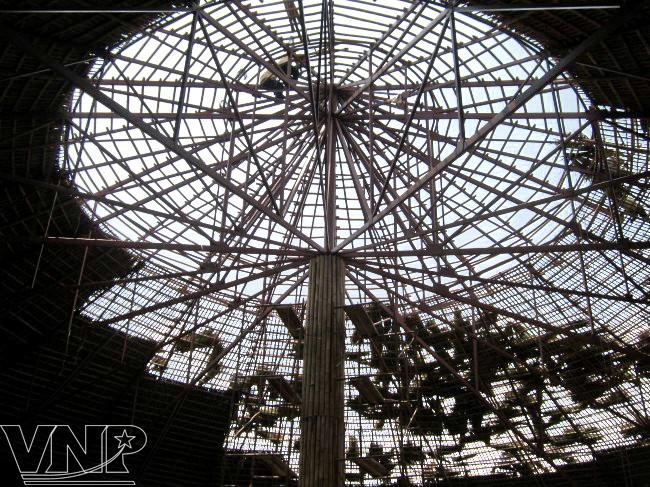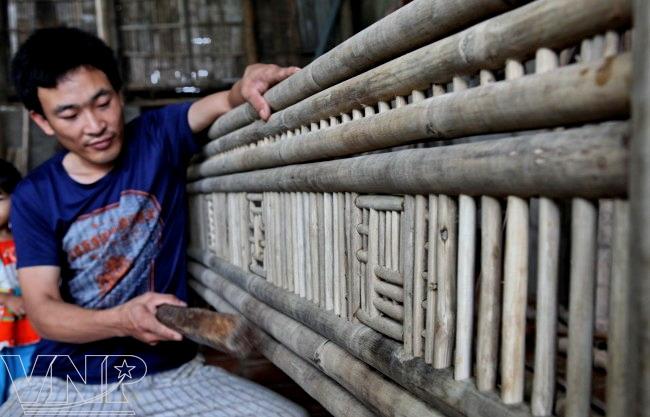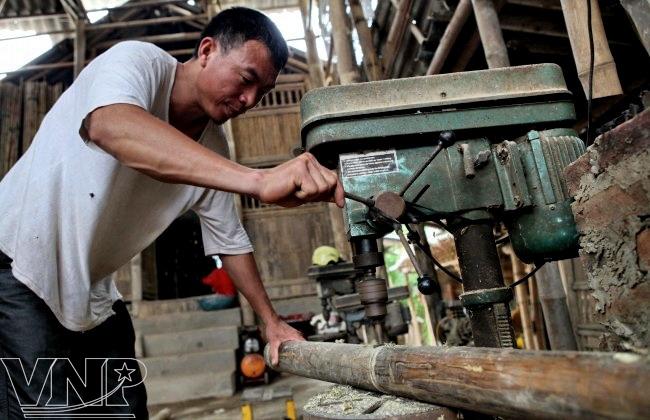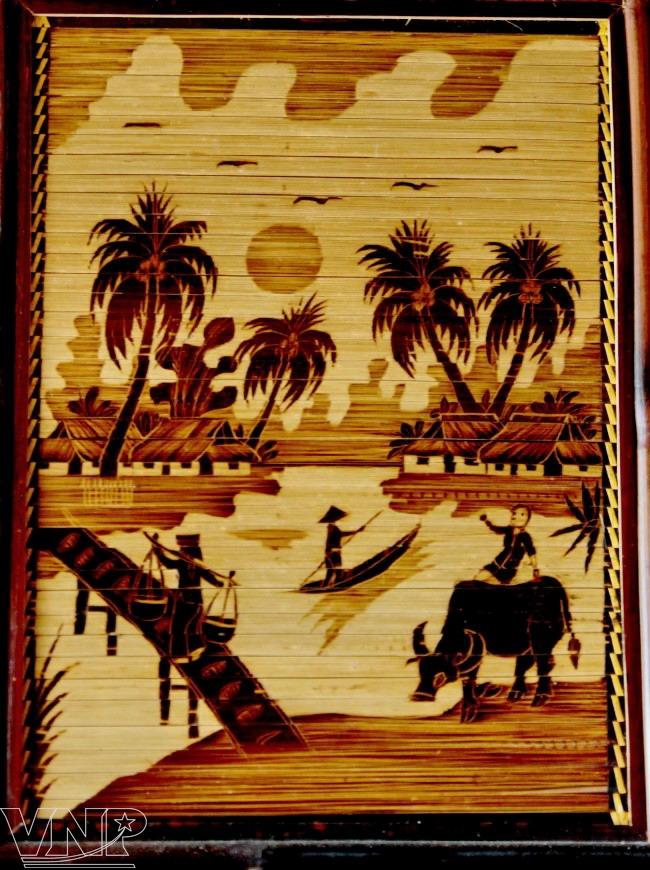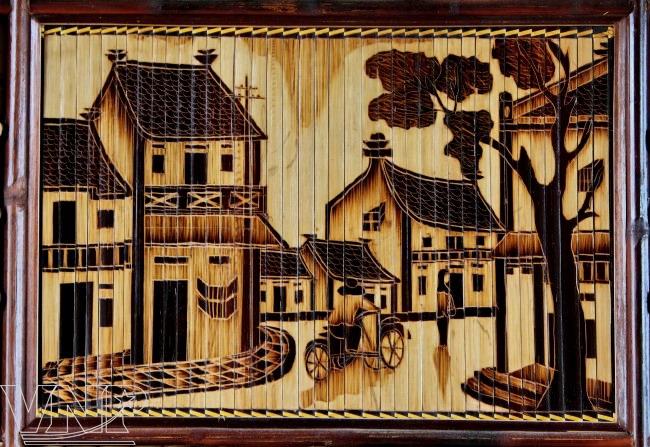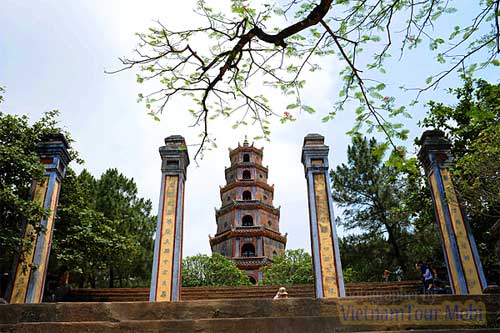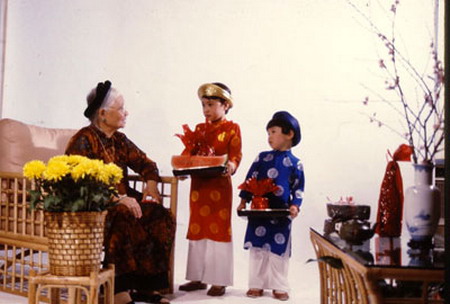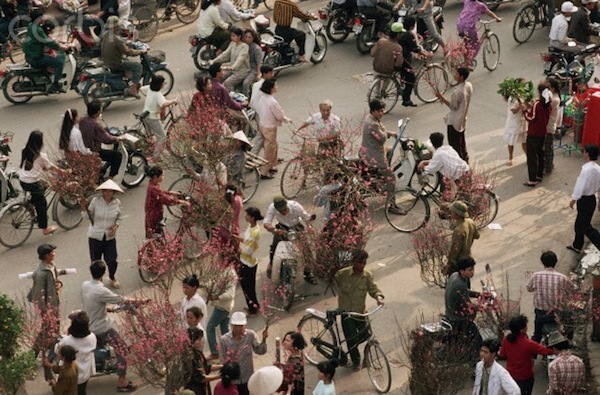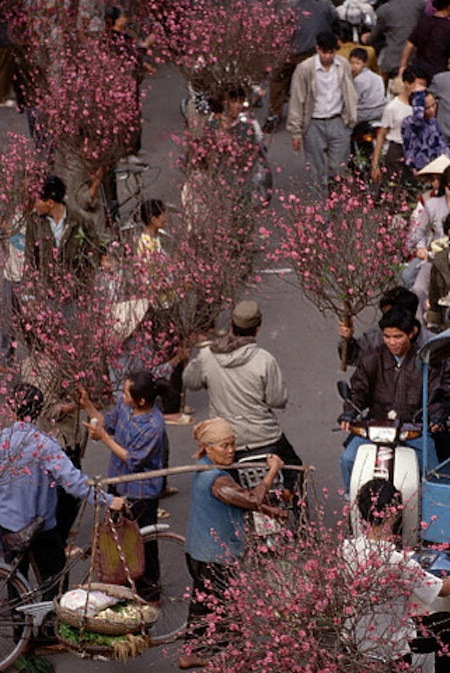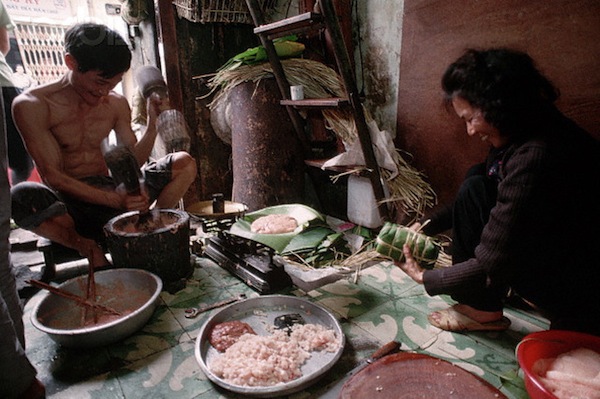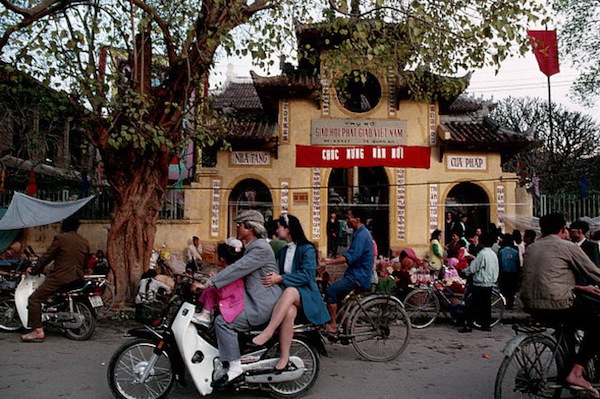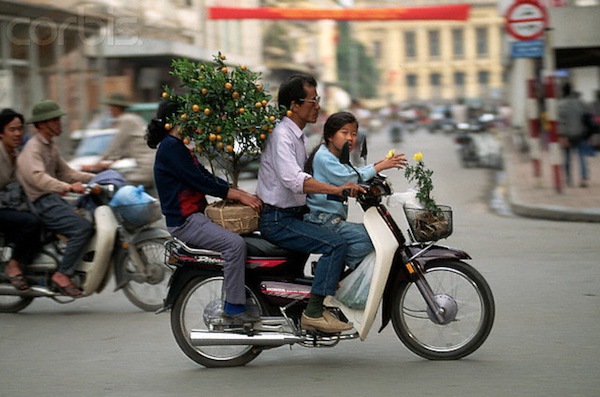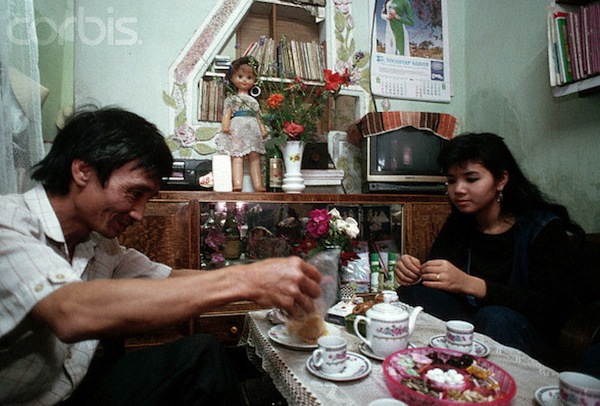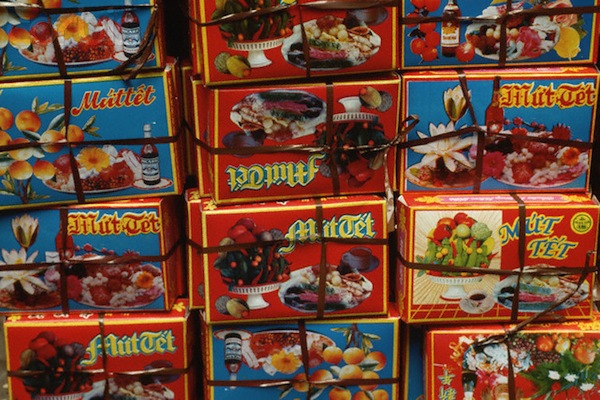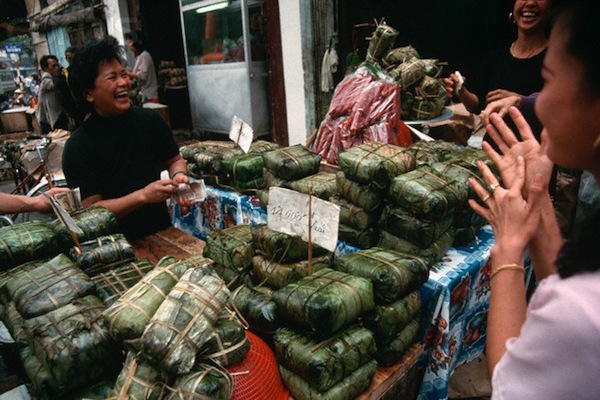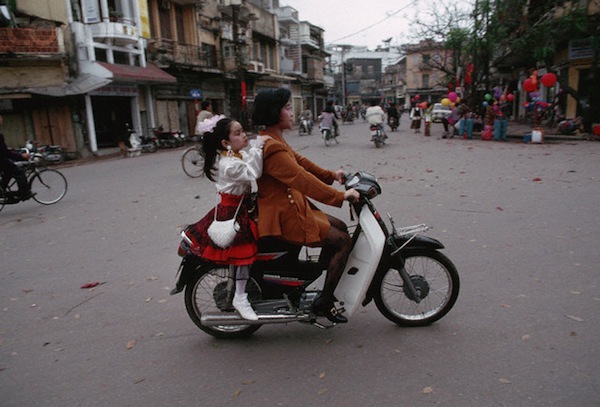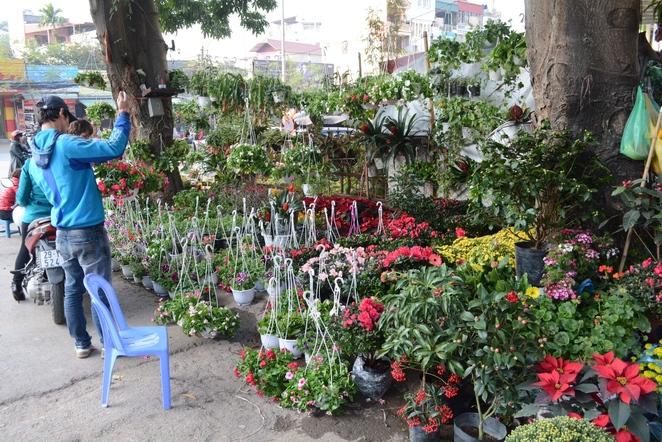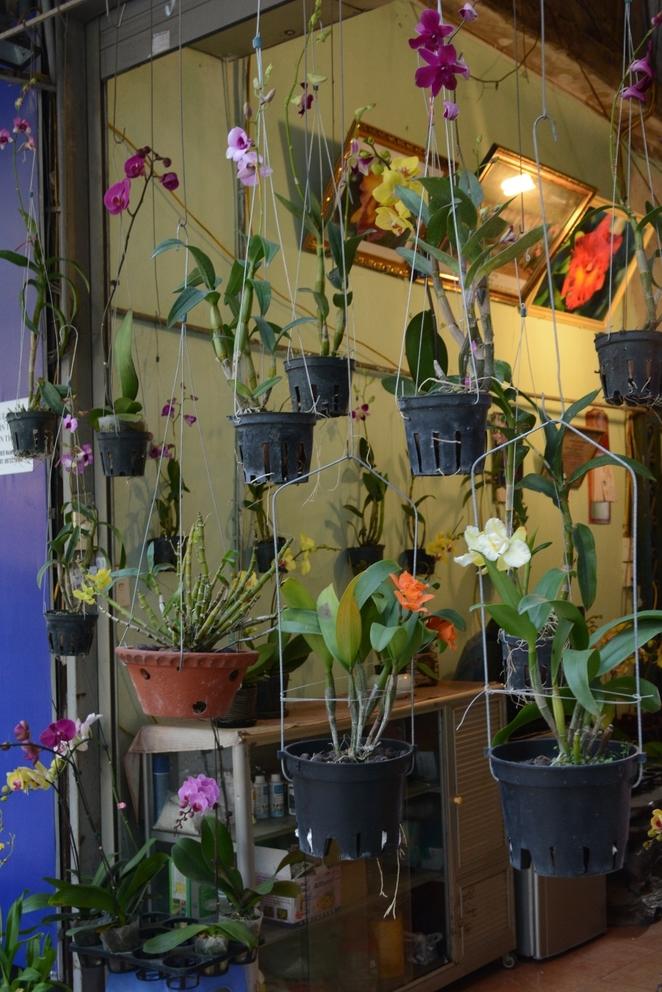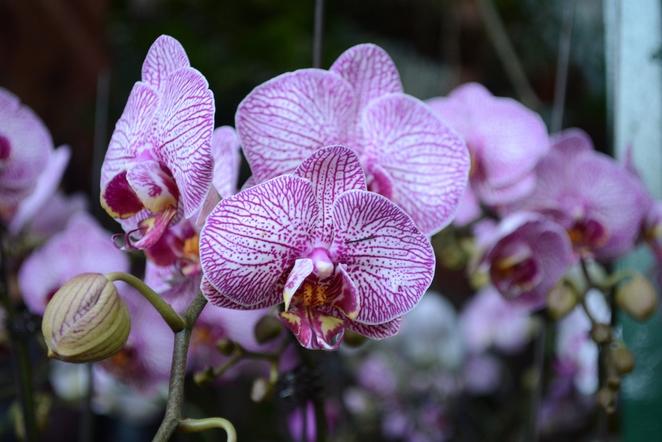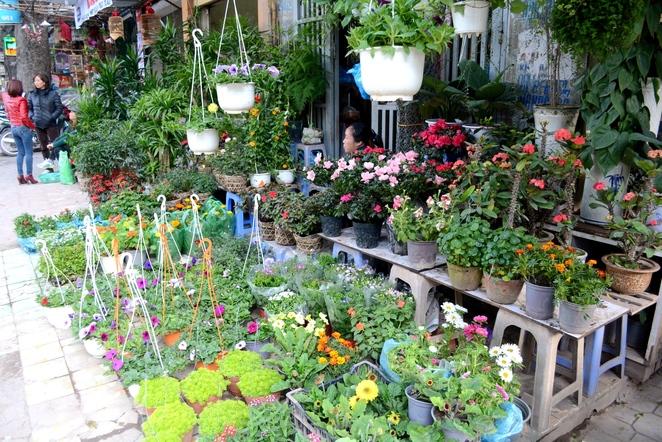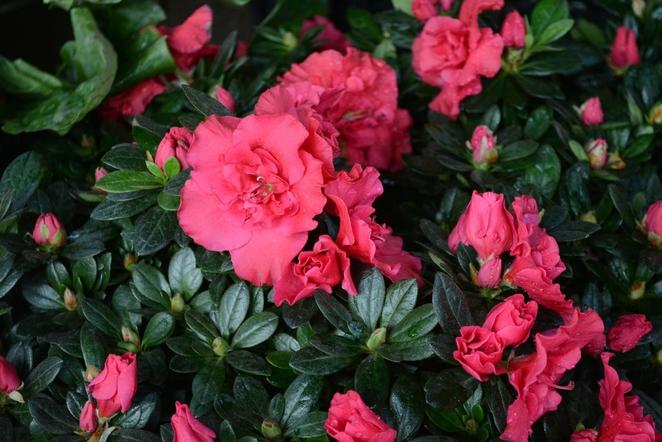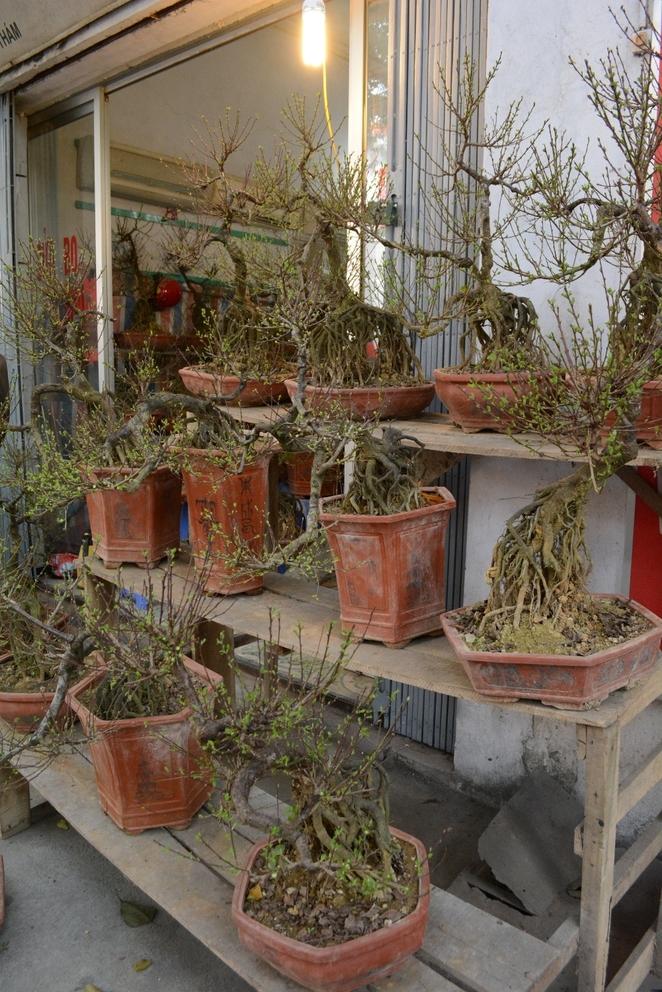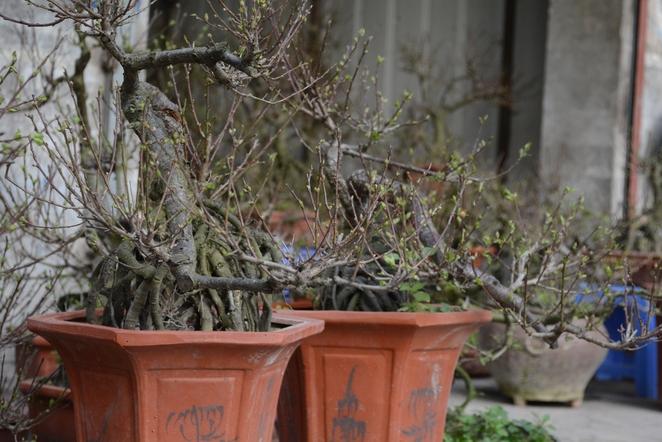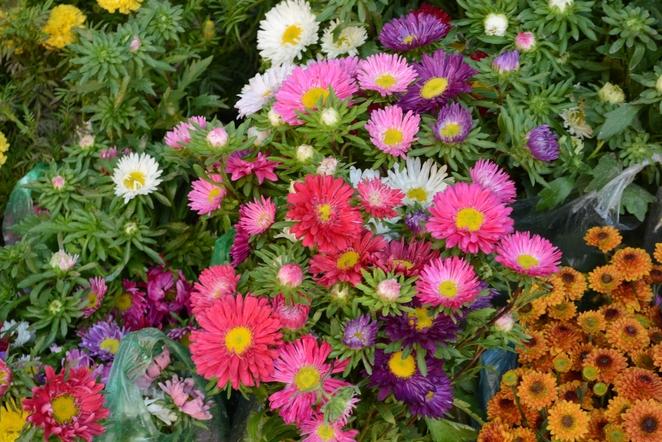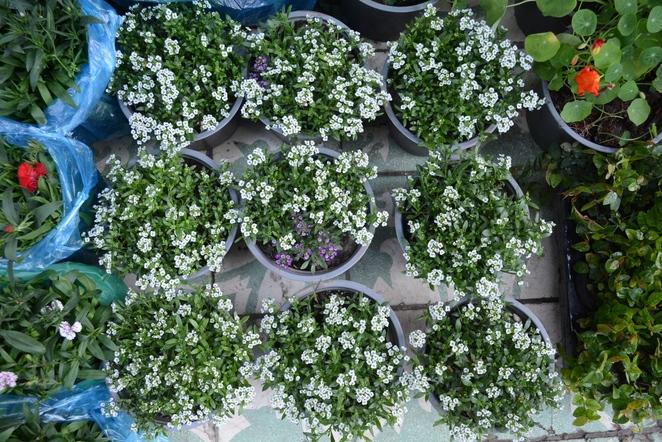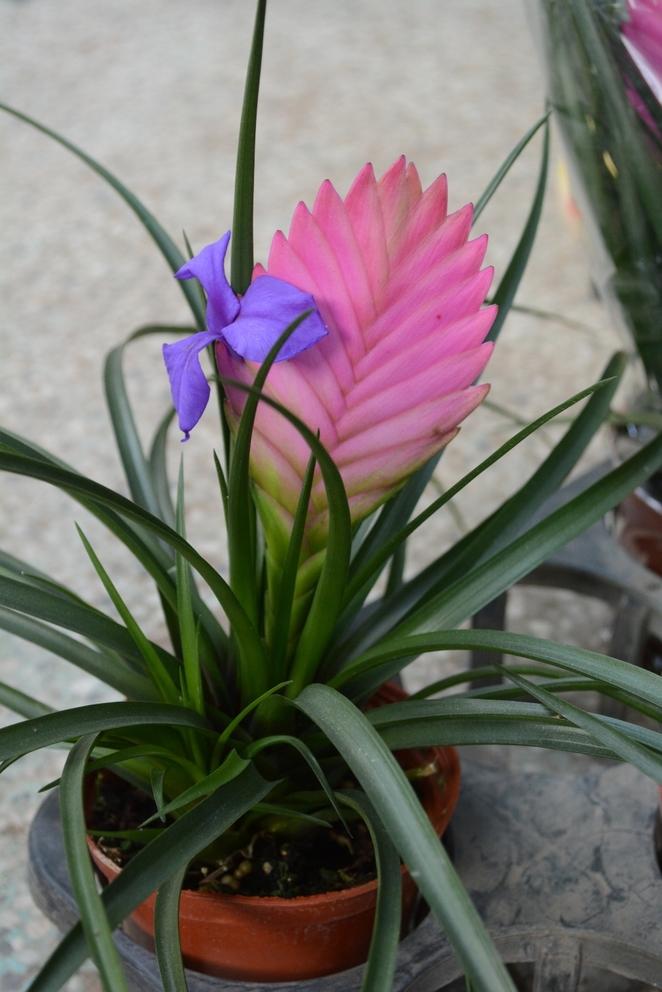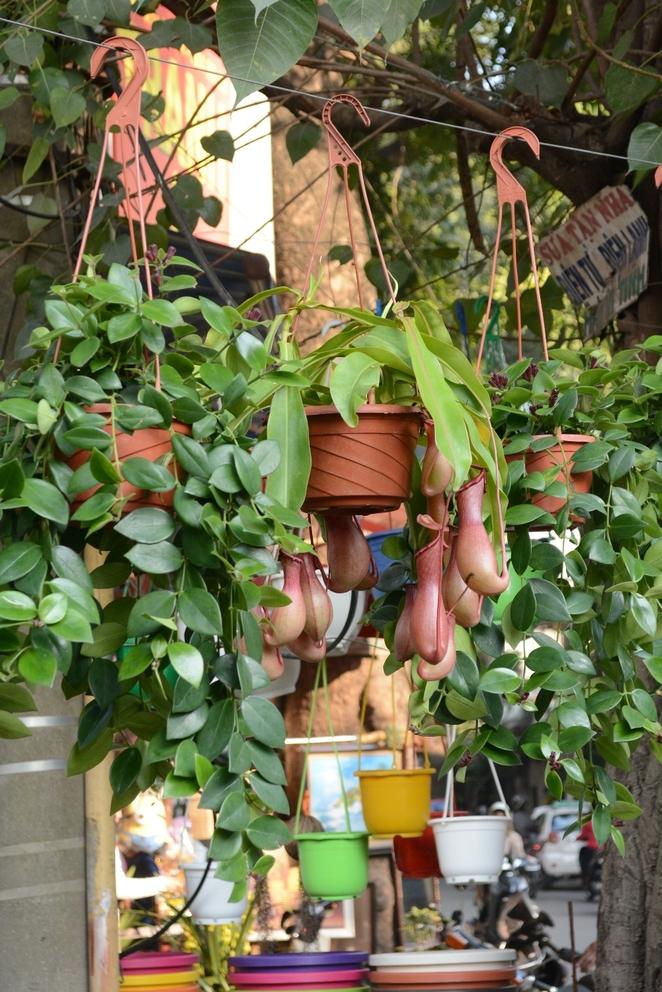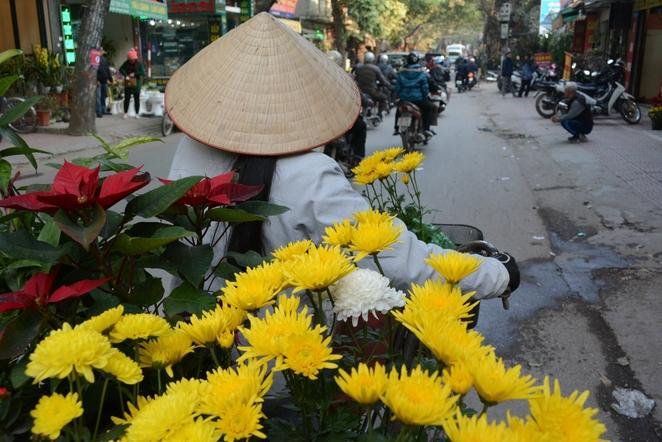Many years ago, when talking about furniture, the residents in the old imperial capital of Thang Long (present-day Hanoi) had a saying “Wooden houses by the Khmer and bamboo houses by Hong Village’s artisans” to praise the traditional craft of making bamboo and rattan products that has existed for 300 years in Thu Hong Village in the commune of Xuan Thu, Soc Son District, Hanoi.
According to history books, the people in Thu Hong Village (present-day Thu Thuy), located near the Ca Lo River, have practiced the traditional craft of making bamboo furniture since the reign of King Le Canh Hung (1740-1786).
At that time, over 30% of the village’s households engaged in building houses and making tables, chairs, beds and other interior decorations from bamboo.
According to Nguyen Van Ky, the owner of a bamboo furniture workshop in the village whose family has, for many generations, been creators of the traditional crafts, the villagers often buy the bamboo materials in the provinces of Bac Can, Hai Duong and Cao Bang.
Sometimes, they even travel to villages to select each cluster of bamboo to ensure the quality of the materials.
The bamboo trunk is used to make the beds’ legs and chairs while bamboo twigs are used to make bamboo splints and fine art articles.
With secret techniques on chiseling handed down by their ancestors, the villagers have made different beautiful and durable products which are the favourites of customers from Germany, Russia and the US.
Over the years, the traditional craft has strongly developed in the village and many small workshops have now become large enterprises specializing in bamboo and rattan products for export.
One of them is Bong Mai Bamboo and Rattan Co. Ltd. Phan Van Mao, Director of the company, said that the company has provided the market with diverse categories of bamboo and rattan products, such as settees, tables and chairs, which are made in both modern and traditional style, meeting the requirements for quality, durability and colour.
Besides traditional products, the village is famous nationwide for bamboo paintings which bring the locals a considerable source of income.
With a desire to preserve and develop the traditional craft, the local authorities have created favourable conditions for the villagers to make high-quality products for export and encouraged the establishment of large-scale private enterprises to help the trademark of Thu Hong bamboo products affirm its position in the market.
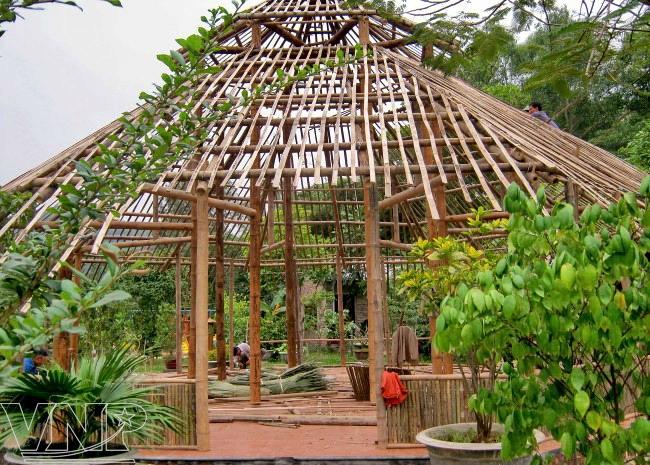 A “Bat Giac” (eight sided) house is made from bamboo.
Thu Hong Village’s artisans make unique houses from bamboo.
Thu Hong Village’s artisans are well-known for making houses from bamboo.
Making bamboo furniture.
Many housholds invest hundreds of million dong in machines for producing.
Bamboo paintings made by Thu Hong villagers.
|
| Bamboo painting with the theme “Hanoi Old Quater” is sought much after by foreign tourists. |
Thu Hong bamboo and rattan craft village
